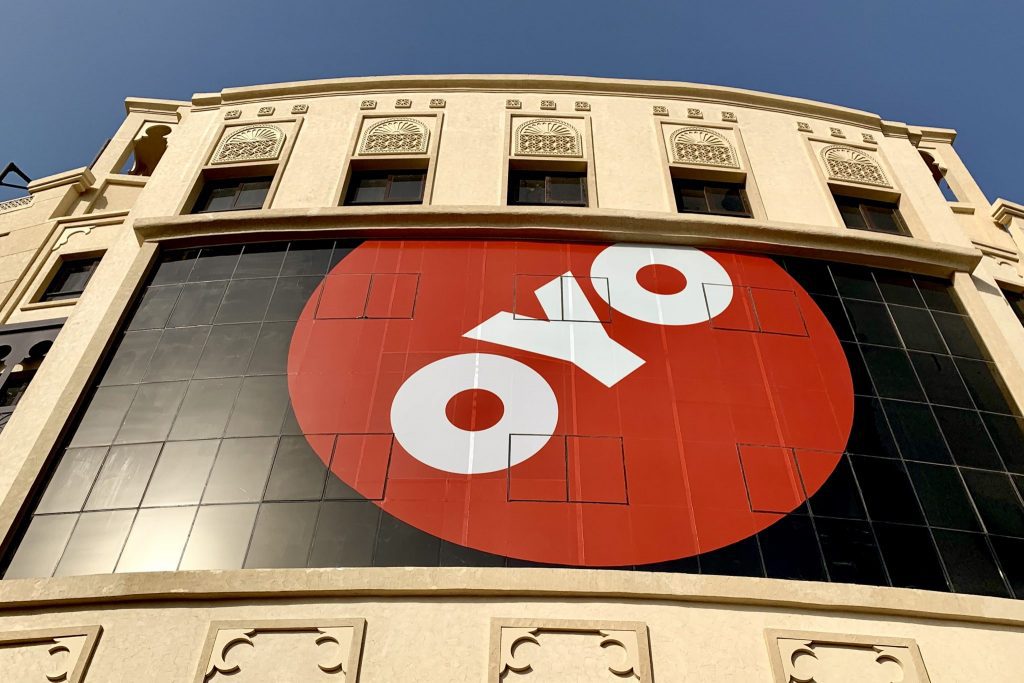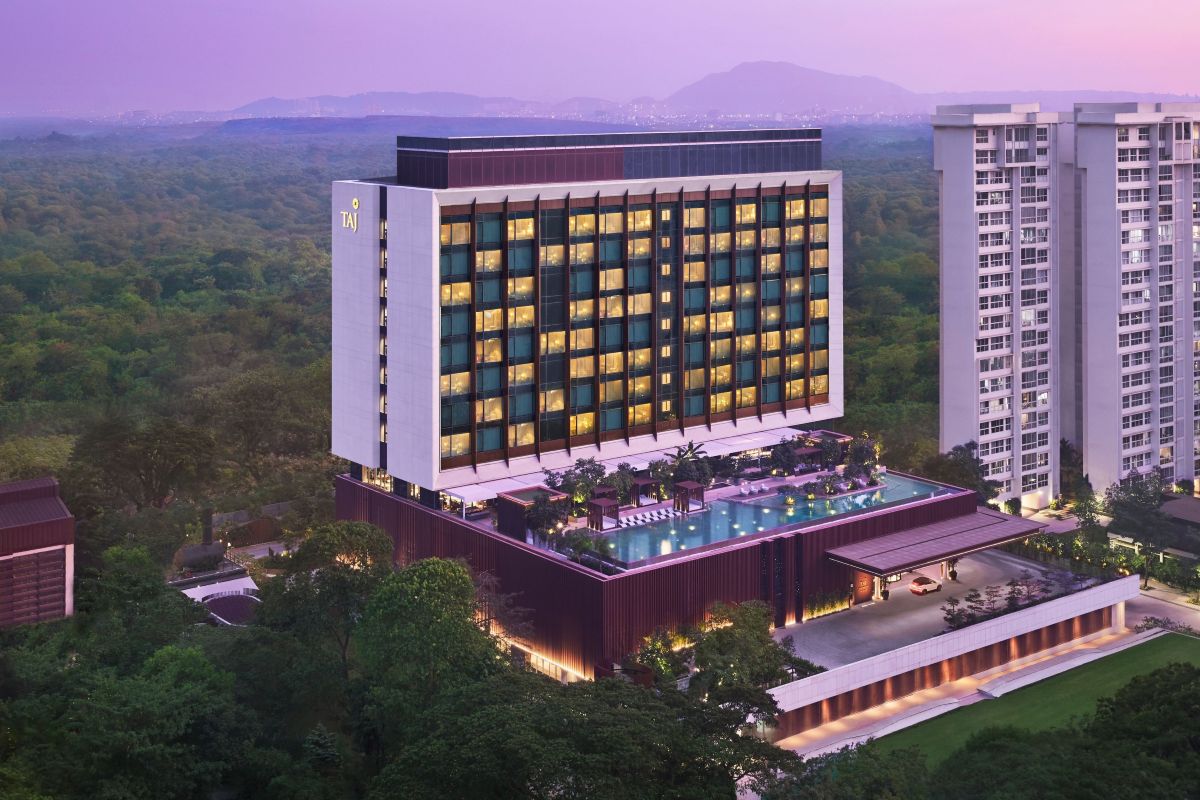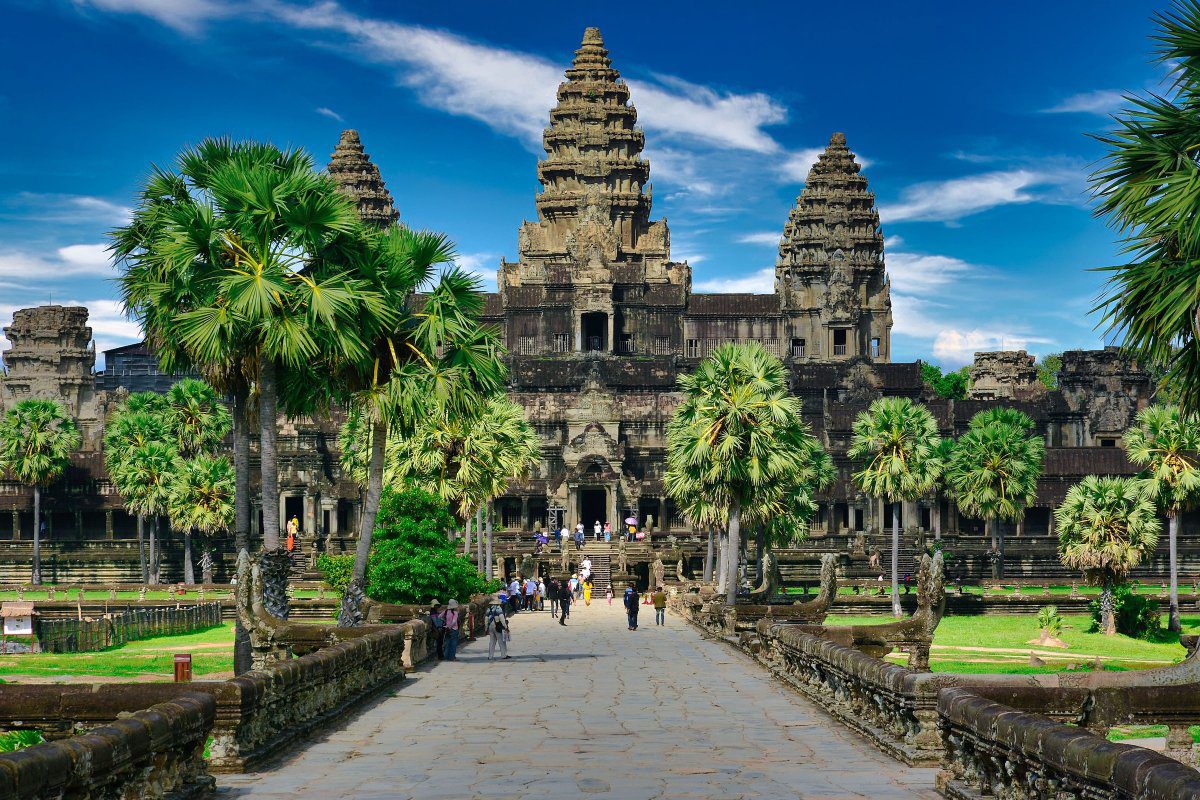What Oyo’s Latest Results Say About the Business of Budget Hotels

Skift Take
One of the most intriguing chains in hospitality today is Oyo, the India-based enterprise started by a college dropout that has since raised more than $1 billion in funding. Its rapid expansion has stoked skeptics who continue to watch the operation closely, especially this week with news it had entered the U.S.. So it's with great interest that the industry looks at Oyo’s newly released financial report for 2018, which shows it still has to expand a lot more in order to break even. Here are five key takeaways from the numbers.
1. Budget hotels are big money
The jury is no longer out on whether budget hotels can rake in big money. Oyo roped in total sales of $1.8 billion from 75 million room nights globally last year, which translates to an average rate of $24, a true budget category as opposed to economy brands, such as Ibis or Holiday Inn Express.
It also proves that this segment can be scaled quickly and efficiently through automation and digitalization. From a single hotel in May 2013, Oyo has over 8,500 hotels with a total of 458,000 keys as at December 2018.
2. A long way to breakeven
But Oyo shows that budget chains, perhaps more than any other segment, need massive, massive scale to make a buck.
Even with that kind of room count, Oyo isn’t profitable yet. It has only managed to narrow losses further as the rapid expansion brought in more sales, while cost as a percentage of sales went down as brand market share, technology investment and human resources were spread over a larger base.
Audited data of India operations — its biggest revenue earner — for fiscal year 2017-18 shows losses as a percentage of sales narrowed to 20 percent, from 45 percent in fiscal year 2016-17. It expects to lower this further to 10 percent in fiscal year 2018-19.
Oyo Chief Financial Officer Abhishek Gupta would not tell Skift when he expects Oyo to break even. However, he said Oyo today has “a strong balance sheet” and “can go more places than ever, introduce new categories – without raising any further capital.”
3. TWO-THIRDS OF REVENUE ARE FROM INDIA
India accounts for two-thirds (67 percent) of Oyo’s sales of $1.8 billion last year, even though it has just over a third (173,000 rooms) of Oyo’s total room count globally of 458,000 rooms.
Sales in India totaled $1.2 billion from 39 million room nights last year, giving an average rate of $30, compared with $24 globally.
This means the yield in India is higher than in China, which accounts for 271,000 rooms of the total in Oyo’s portfolio. The rest, 14,000 rooms, are in the other markets Oyo has entered to-date, namely, Malaysia, Nepal, the UK, UAE, Indonesia and the Philippines.
Gupta said average rates are “slightly lower” in China because of Oyo’s focus on tier two to tier six markets, whereas in India, business from the bigger cities is large even though OYO is present in smaller towns and cities.
OYO also has a multi-brand strategy in India, with prices ranging from $20 to $60.
And of 13 million Oyo customers globally last year, over 7 million are for India, Gupta said. The market also boasts the highest number of repeat customers, or what Oyo calls “advocates.”
4. THE NEED TO EXPAND FURIOUSLY
OYO is on a furious drive to expand because it needs to increase the top line fast and continue to leverage operating efficiencies in order to be profitable.
Said a hotel expert on the chain's drive, “The hotel business is also a global business. Oyo would want to capture traffic from China to India, India to the UK and so on, not just India to India. Moreover its valuation would obviously be lower if it’s just a local chain.
“It would also want to achieve economies of scale, especially since it has honed its model in the last five years.”
Gupta described Oyo as a “well-oiled machine” which can now replicate its model globally quickly.
“We have made this possible by investing in four key competencies in the last five years. One, the ability to scientifically identify and onboard strategic properties within shorter time period versus others); two, renovate and upgrade living spaces in record time by leveraging our design and engineering talent; three, sustain demand generation across offline and online channels; and lastly [employ] immersive technology that redefines the hospitality experience at every customer and hotel owner touchpoint, that help us bring in operational efficiencies through revenue management, dynamic pricing, service quality improvements by staff training and management, et cetera.”
As Skift reported Wednesday, the chain is now entering the U.S. It is also embarking on a multi-brand strategy by growing Oyo Hotels, Oyo Townhouses, Pallete (upmarket resorts), which notch up price points, and new products such as SilverKey (corporate apartments), Oyo Living (millennial housing) and Oyo Homes.
In his Annual Report Card 2018, Gupta wrote, “Even with a successful year, there is still immense room for growth. There are more than 6 million hotel and guesthouse rooms in India subcontinent, 45 million in China and 158 million globally. A huge white space exists in the economy segment to renovate and have the living spaces arranged by leasing or franchising by us.”
5. World’s largest hotel chain?
Oyo said it is all set to be the world’s largest hotel chain, adding more rooms than the top three hotel chains combined.
In an earlier interview with Skift, founder and CEO Ritesh Agarwal gave a timeline of 2023 for the goal.
The world’s hotel chains however don’t see Oyo as a competitor. “They are a budget brand and we don’t play in that segment,” said the Asia-Pacific head of a global chain, pointing out there is a huge difference between a budget hotel and an economy hotel in the industry lingo.
“Oyo is disrupting the budget segment and it remains to be seen if such a model is sustainable,” he added.
Jesper Palmqvist, STR area director Asia-Pacific, said, “Given that it’s a five-year plan, it’s hard to rule out anything and it is a pretty long time. But one should remember that we will not only see further growth by other big chains in the same period — but possibly also more consolidation.”




